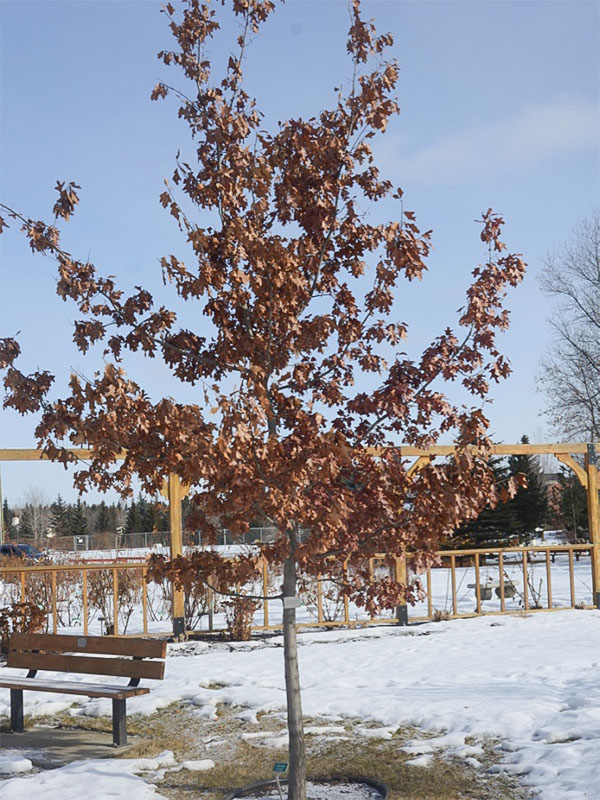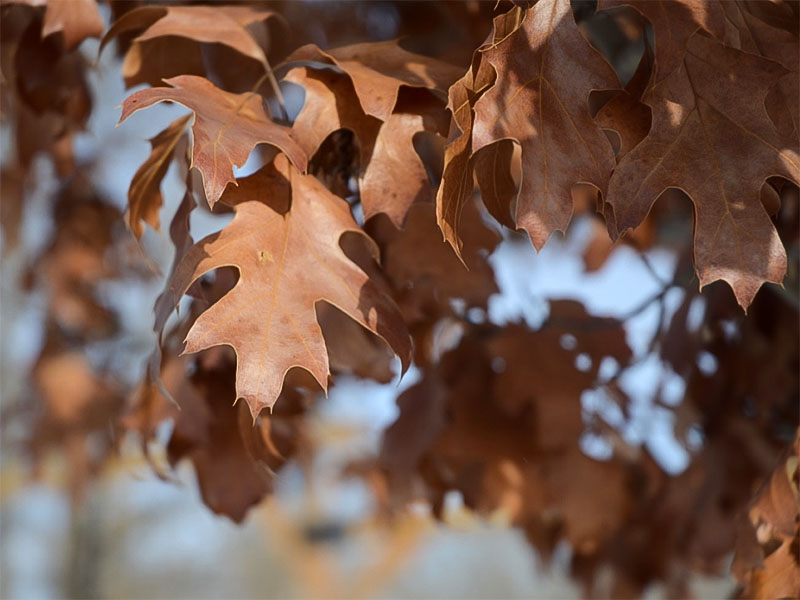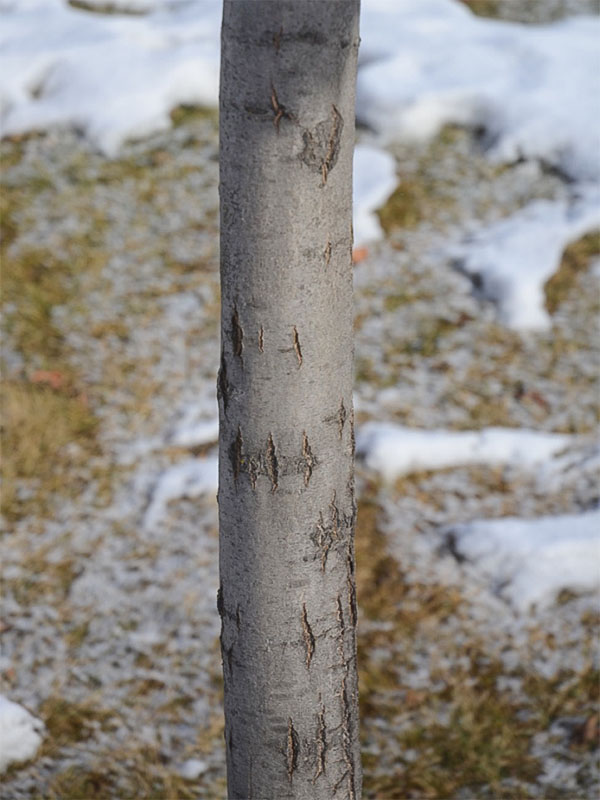
Woody > Quercus > Quercus ellipsoidalis > Quercus ellipsoidalis
Quercus ellipsoidalis
Jack Oak, Northern Pin Oak, Hill's Oak
Origin: Central and northeastern United States of America and Southwestern Canada.
| Family |
| Fagaceae |
| Genus |
| Quercus |
| Species |
| ellipsoidalis |
| Category |
| Woody |
| Type |
| Tree (deciduous) |
| USDA Hardiness Zone |
| 4 - 7 |
| Canadian Hardiness Zone |
| 3a - 7a |
| RHS Hardiness Zone |
| H7 |
| Temperature (°C) |
| -30 |
| Temperature (°F) |
| -5 |
| Height |
| 18 m |
| Spread |
| 5 m |
Photographs
Description and Growing Information
Flowering Period
| General Description |
| This species has been placed on the IUCN Red List as least concern. |
| Landscape |
| In mass plantings, as an accent tree for its autumn interest or as a specimen. |
| Cultivation |
| Plant under full sun in moist but well-drained soil of any acidity or type. |
| Shape |
| Upright cylindrical to conical. |
| Growth |
| Slow |
| Pests |
| Scale, oak skeletonizer, leaf miner, galls, oak lace bugs, borers, caterpillars and nut weevils. May get chlorosis in poor soils. |
| Habitat |
| Sandy, lime-free soils at an altitude of 150-500 m. |
| Bark/Stem Description |
| Smooth, brown bark becoming rougher with maturity and dark brown twigs. |
| Flower/Leaf Bud Description |
| Ovoid, reddish-brown, 3-5 mm in length. |
| Leaf Description |
| Glossy green with a paler underside measuring 7.5 - 13 x 6 - 10 cm. 3 lobes with bristle-tips. |
| Fruit Description |
| Acorn, ellipsoid or rounded, brown, 1.2-2 cm. |
| Colour Description |
| Bright medium green leaves that turn a ruby red in autumn. |
| Texture Description |
| Medium. |
| Notable Specimens |
| St Albert Botanic Park, St Albert, Alberta, Canada. |
| Propagation |
| By seed. |


